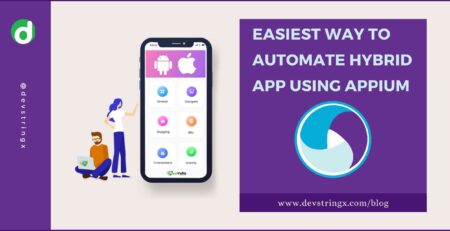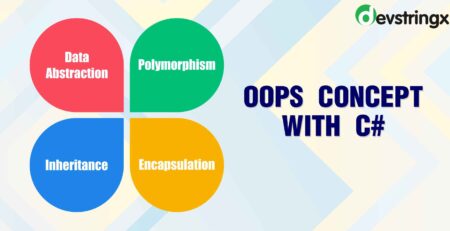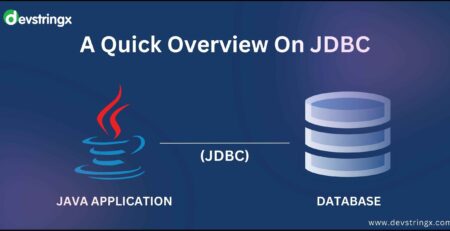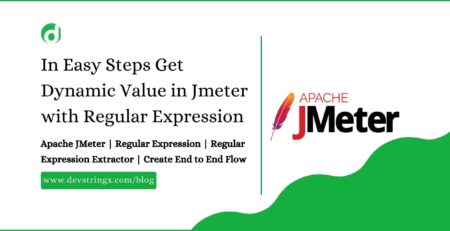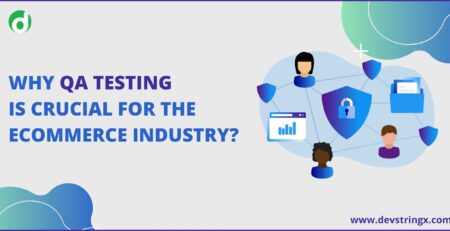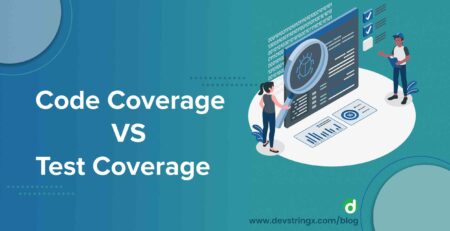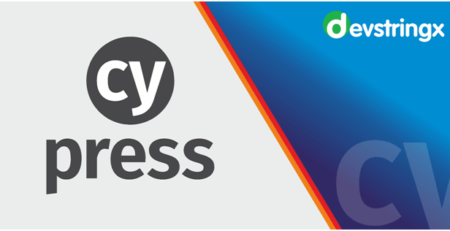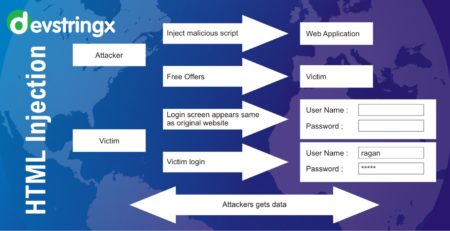A Comprehensive Analysis: The Difference Prototype vs MVPs
Prototypes vs MVPs: What’s the Difference?
When it comes to building a new product or service, there are many different terms and concepts to understand. Two of the most commonly used terms in the tech industry are “prototypes” and “MVPs” (Minimum Viable Products). These terms are often used interchangeably, but they actually refer to two distinct stages of the product development process.
In this article, we will explore the differences between prototypes and MVPs, and help you decide which approach is right for your project.
What do they mean by a “Prototype” or an “MVP?
When you’re starting a project, you can either go with a “Prototype” or an “MVP”
-
Prototype
This is what you’ll build once you’ve gotten started. It’s not a finished product, but it shows what you have so far. It’s the easiest way to get started on a project, but it’s also the hardest way to finish. It’s a good way to get feedback and ideas from others, but it can also be a bit wasteful.
-
MVP
This is a “Minimum Viable Product”. It’s a finished product, but it’s not perfect. It’s a good way to test the market, get feedback, and see how it’s doing. MVP is a good way to test your assumptions about your target audience and how they interact with your product.
What Is A Prototype?
A prototype is an early version of a product that is created in order to test and refine its design. Prototypes are typically created during the research and development phase of a project, and they are used to gather feedback from stakeholders and users. A prototype can take many different forms, depending on the nature of the product being developed. It can be a physical model, a 3D-printed object, a digital mockup, or even a simple sketch.
The main goal of a prototype is to test the design and functionality of a product before it is fully developed. By creating a prototype, you can identify potential flaws and areas for improvement in your design. This can help you save time and money in the long run, as you can make changes to your design before you start building the final product.
How to Build A Prototype?
Building a prototype is an essential step in product development, as it allows you to test your idea, identify potential flaws, and make improvements before investing time and resources in a full-scale product launch. Here are the steps to build a prototype:
-
Define Your Prototype
First, you need to define what you want to achieve with your prototype. Determine the features, functionality, and purpose of your prototype. You can use sketches, diagrams, or written descriptions to help you define your prototype.
-
Choose the Right Materials
Select the appropriate materials for your prototype. Depending on the complexity of your product, you may need different materials, such as wood, plastic, foam, or 3D-printed materials. Consider the cost and availability of each material when making your selection.
-
Create a Sketch or Design
Create a sketch or design that represents the form and function of your prototype. This will help you determine the size, shape, and overall look of your prototype.
-
Build Your Prototype
Begin building your prototype. Start with a basic structure and add features as you progress. Take detailed notes, photos, and videos during the building process to help you remember what you did and how you did it.
-
Test Your Prototype
Once your prototype is built, then it’s time to test it. Test your prototype in various situations to identify potential problems and improve its functionality. Make note of any necessary improvements, and update your prototype accordingly.
-
Refine and Repeat
After testing and refining your prototype, repeat the process until you have a product that meets your needs and is ready for full-scale production.
Building a prototype is an iterative process that requires time, attention to detail, and flexibility. By following these steps, you can create a prototype that helps you test your idea and make improvements, leading to a successful product launch.
What Is An MVP?
An MVP, or Minimum Viable Product, is the first version of a product that is released to the market. It is a basic version of the product that includes only the core features and functionality. The goal of an MVP is to get the product into the hands of users as quickly as possible so that you can gather feedback and make improvements based on that feedback.
An MVP is not a complete or polished product, but rather a bare-bones version that is designed to test the market and gain traction. By releasing an MVP, you can test your assumptions about the market and see how users respond to your product. This can help you make data-driven decisions about how to develop your product in the future.
How to Build An MVP?
Building a Minimum Viable Product (MVP) is an effective way to test the market, validate your idea, and gather feedback from potential customers without committing a lot of resources. In this article, we’ll discuss the steps involved in building an MVP.
-
Define the Core Features
Start by defining the most essential features of your product that need to be included in the MVP. Identify the key problem your product solves, the target audience, and the core functionalities that will bring the most value to your customers.
-
Conduct Market Research
Identify the existing competition and analyze their strengths and weaknesses. Evaluate the market demand, price point, and trends in the industry to come up with a unique and valuable proposition.
-
Plan the User Flow
Determine how users will interact with the product and the steps they will take to achieve their desired outcomes. Map out a user journey to identify any potential obstacles and areas for improvement.
-
Create a Wireframe
A wireframe is a visual representation of the product’s layout and functionality. It helps you to design the user interface, the placement of the features, and the navigational structure of the product. You can use free tools like Sketch or Figma to create wireframes.
-
Build a Prototype
A prototype is a working model of the product that demonstrates the core functionalities and features. There are many tools available for building prototypes such as InVision, Adobe XD, or Balsamiq. A prototype should be simple and easy to use, with a basic set of functionalities.
-
Test the MVP
Once you have built the MVP, it’s time to test it with potential customers. Gather feedback from users and evaluate the performance of the product. Use the feedback to make improvements and adjust your product’s features based on the user’s needs.
-
Launch the MVP
After testing and validating the MVP, it’s time to launch it. Start with a soft launch to a smaller audience to avoid any major bugs or issues. Gradually roll out the product to a wider audience and continue gathering feedback.
In last, building an MVP requires careful planning, market research, and user feedback. By following these steps, you can create a functional product that addresses the needs of your target audience and brings value to the market.
Good to Read:- Building MVP With Prototypes Examples
Prototypes vs MVPs: What are the Key Differences?
While prototypes and MVPs both serve important roles in the product development process, they have some key differences that are important to understand.
-
Purpose
The purpose of a prototype is to test and refine the design of a product, while the purpose of an MVP is to test the market and gain traction.
-
Stage of Development
Prototypes are typically created during the research and development phase of a project, while MVPs are released to the market after the product has been developed to a certain extent.
-
User Feedback
MVPs are designed to collect feedback from the market. While Prototypes are used to gather feedback from stakeholders and users.
-
Features
Prototypes can be highly detailed and include many features and functionalities, while MVPs include only the core features that are necessary to test the market.
-
Timeframe
Prototypes took a long time to develop and refine, while MVPs are designed to be released quickly and efficiently.
Which Approach is Right for Your Project?
Deciding whether to build a prototype or an MVP depends on the nature of your project and your goals. If you are in the early stages of a project and need to refine your design, a prototype is the best approach. On the other hand, if you are further along in the development process and need to test the market, an MVP is the way to go.
In general, prototypes are more appropriate for complex and high-risk projects


